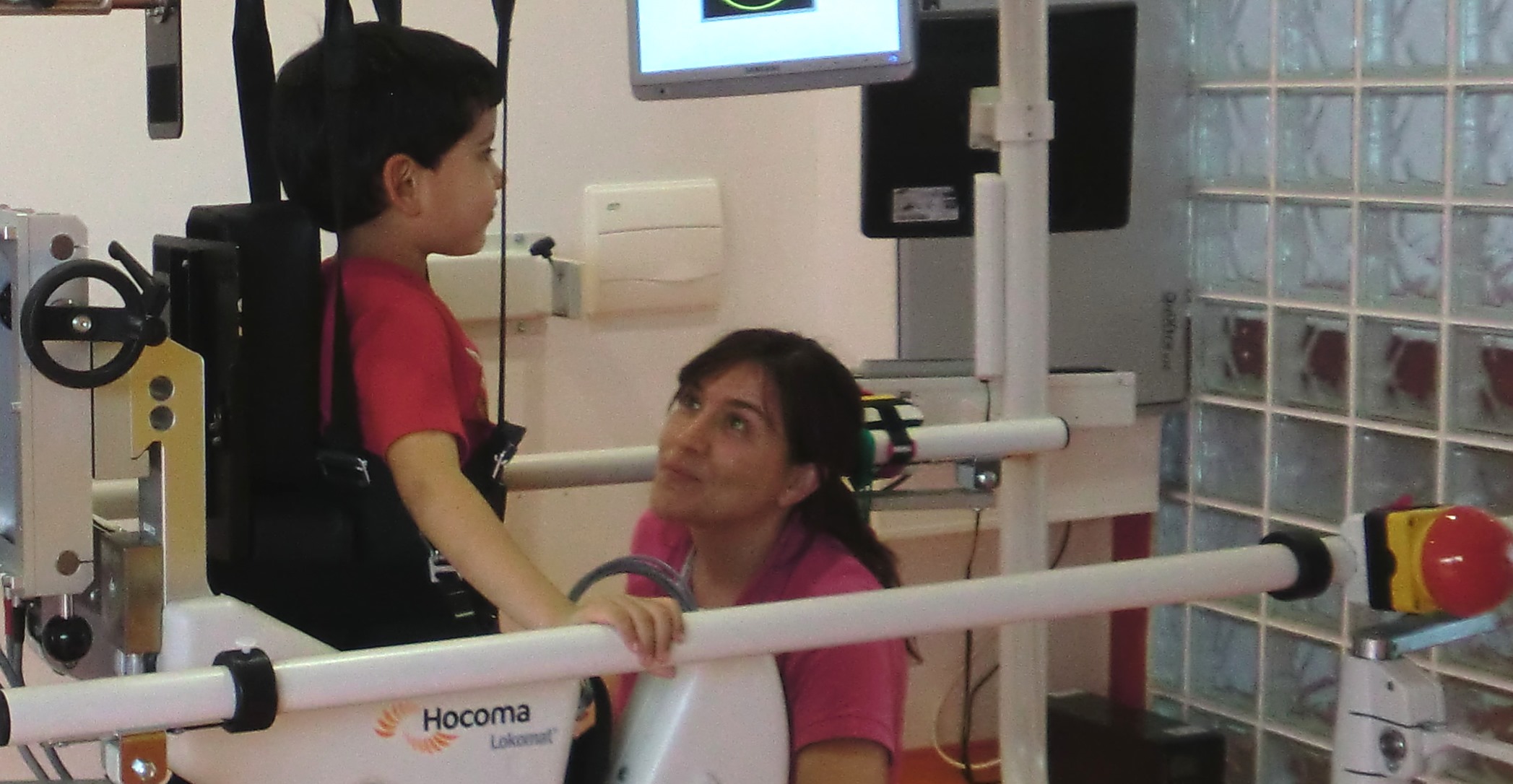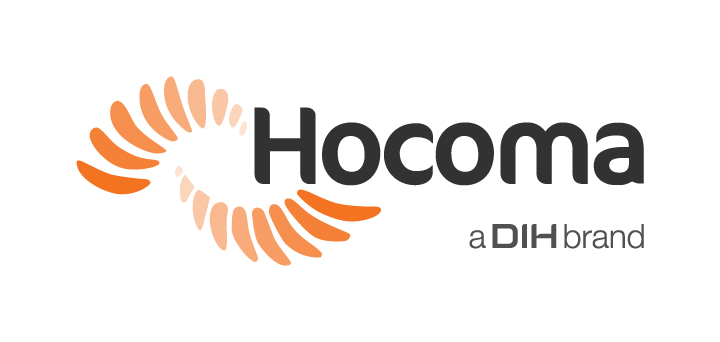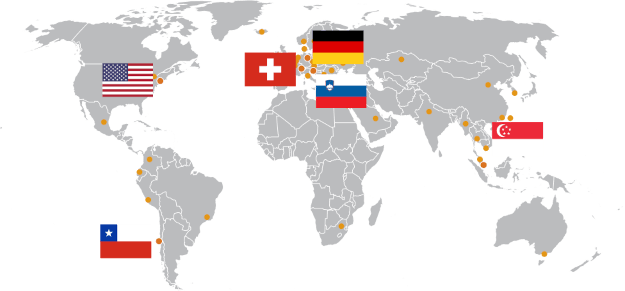
Ma. Teresa Vega Escolar
Fundación Nipace, Guadalajara, Spain
Patient groups: pediatric patients, mainly Cerebral Palsy
Clinical experience: We work with the Lokomat since 2012 on a daily basis.
Patient’s therapist: Yolanda Durán Sánchez
The Nipace Foundation is a pediatric neurorehabilitation center that was established 7 years ago. Different treatment approaches are practiced by a team of 8 physiotherapists: NIE program (Intensive Specialized Neurorehabilitation with Therasuit orthoses), Lokomat therapy, Tomatis, Vojta, Bobath, Spider, hydrotherapy, osteopathy, Kinesio Taping, constraint-induced movement therapy, and medical vibration platform. The objective is to improve functionality and quality of life in children suffering from non-degenerative neuromotor impairments.
Initial Evaluation
5-year-old male patient with left-sided hemiparesis of grade I on the GMFM scale. The patient started training on the Lokomat in September 2012 and has now been training for 6 months.
The patient can walk independently with a left rotation of the trunk and pelvis, a hyperextension of the left knee and an equinus foot on the same side.
Treatment Goals
- Improve the gait pattern (stability and balance)
- to train the weight transfer and weight-bearing of the left side of the body
- to train the initial contact with the heel during walking
Intervention and Treatment Progression
The patient trains one hour per week on the Lokomat.
- Body weight support: progressed from a partial loading of 10 kg to bearing his whole body weight.
- Walking: always in a dynamic range.
- Speed: initially 1 km/h and increased to an average of 1.5 km/h over time. At present, we vary the speed between 1 km/h and 3 km/h during the same training session and the patient is able to adapt to this change of pace without any difficulties.
- Guidance force: reduced from 100% to 70%.
- Training duration: 35 minutes on average.
- Additional treatment: the patient only comes to our center for Lokomat therapy, but he also receives constraint-induced movement therapy for the left upper limb.
Improvements
In January 2013 he was injected botulinum toxin into the left gastrocnemius muscle. Improvements had already been visible beforehand, but since the injection these were much more evident. It is however not possible to differentiate between the effects of the different therapies.
The improvements observed with the combination of the therapies are:
- Better stability and balance during walking, also over unstable and irregular surfaces.
- Better aligned upper body, less rotated to the left.
- Improved knee and ankle joint positioning and alignment. There is less knee recurvatum and more active dorsal flexion, with an improvement of the axial loading on the knee and ankle.
Improvements in the patient’s walking ability are put in evidence by the adjustments made to the training parameters.



